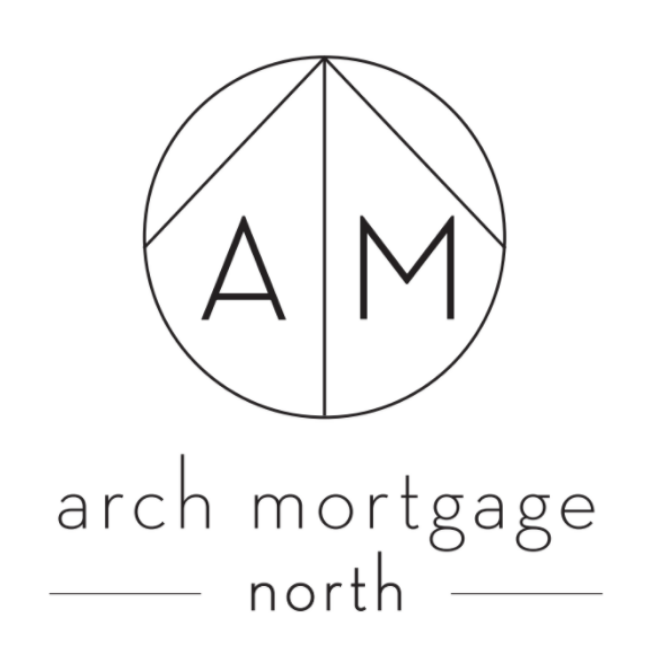The Benefits of Using Your Equity To Make a Bigger Down Payment
Did you know? When homeowners sell their current house, they can use the money they’ve built up (called equity) to make a bigger down payment on their next home. And with home values rising over the past few years, that equity has grown a lot!
In fact, according to Redfin, the typical down payment in the U.S. is now $67,500—up nearly 15% from last year. That’s the highest ever recorded!
🏡 Why Equity Matters
Over the past five years, home prices have gone up. That means most homeowners now have more equity than ever. When they sell their current house, they can use that equity to put more money down on their next home—which can help in a big way, especially if you’re concerned about affordability.
💡 Do You Have to Put a Lot Down?
Nope! You can buy a home with as little as 3% down (or even 0% with special loan programs). But more homeowners are choosing to put more money down—and here’s why:
🔑 4 Big Perks of a Bigger Down Payment
1. You’ll Borrow Less and Save More
The bigger your down payment, the less you’ll need to borrow—which means less interest paid over time.
2. You Might Get a Better Mortgage Rate
Lenders see you as a lower risk when you put more down. That could lead to a lower interest rate on your mortgage.
3. Lower Monthly Payments
Smaller loan = smaller monthly payments. That frees up money for other goals or unexpected costs.
4. You Can Avoid PMI (Private Mortgage Insurance)
If you put 20% or more down, you can skip PMI—an extra monthly cost that’s added when your down payment is below 20%. Avoiding PMI saves you even more each month.
✅ Bottom Line
Homeowners are winning big with higher equity—and many are using it to put more money down when they buy again. That means lower payments, better rates, and more financial freedom.
Thinking about making your next move? Let’s chat about how much equity you have and how it could work for you. 🙌
Finding ways to make your credit score better could help you get a lower mortgage rate. When you’re ready to get the process started, let’s connect.


